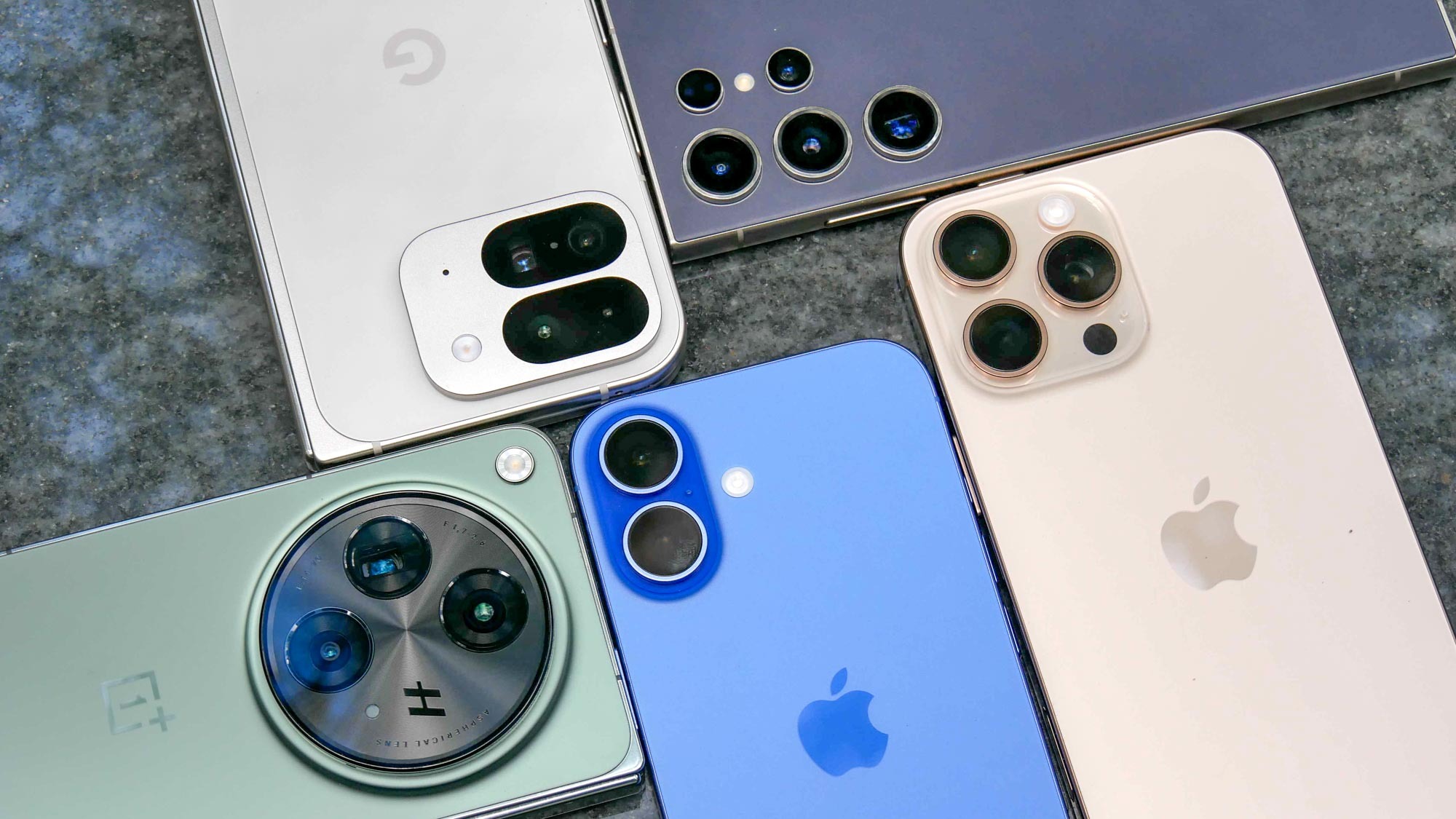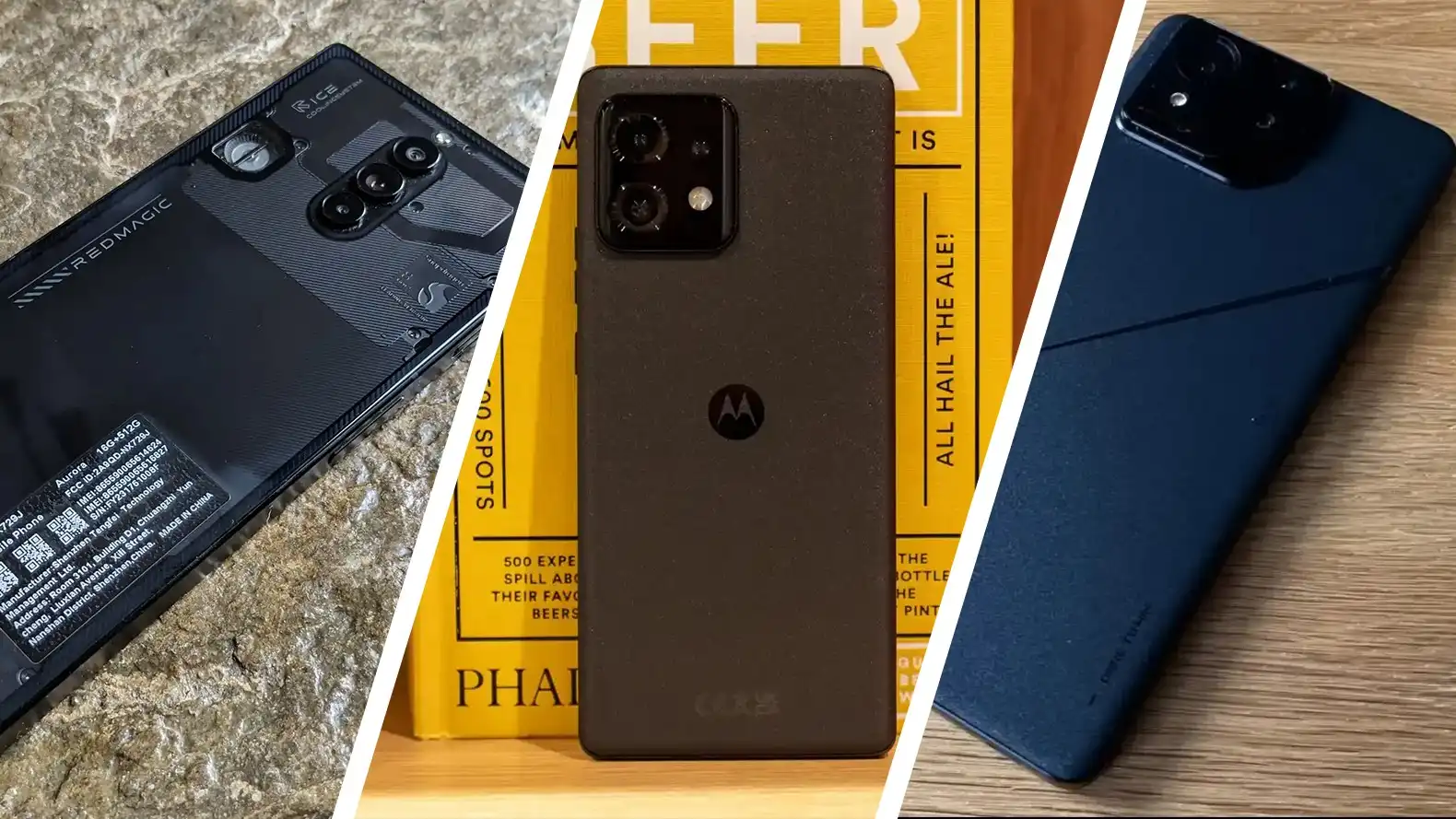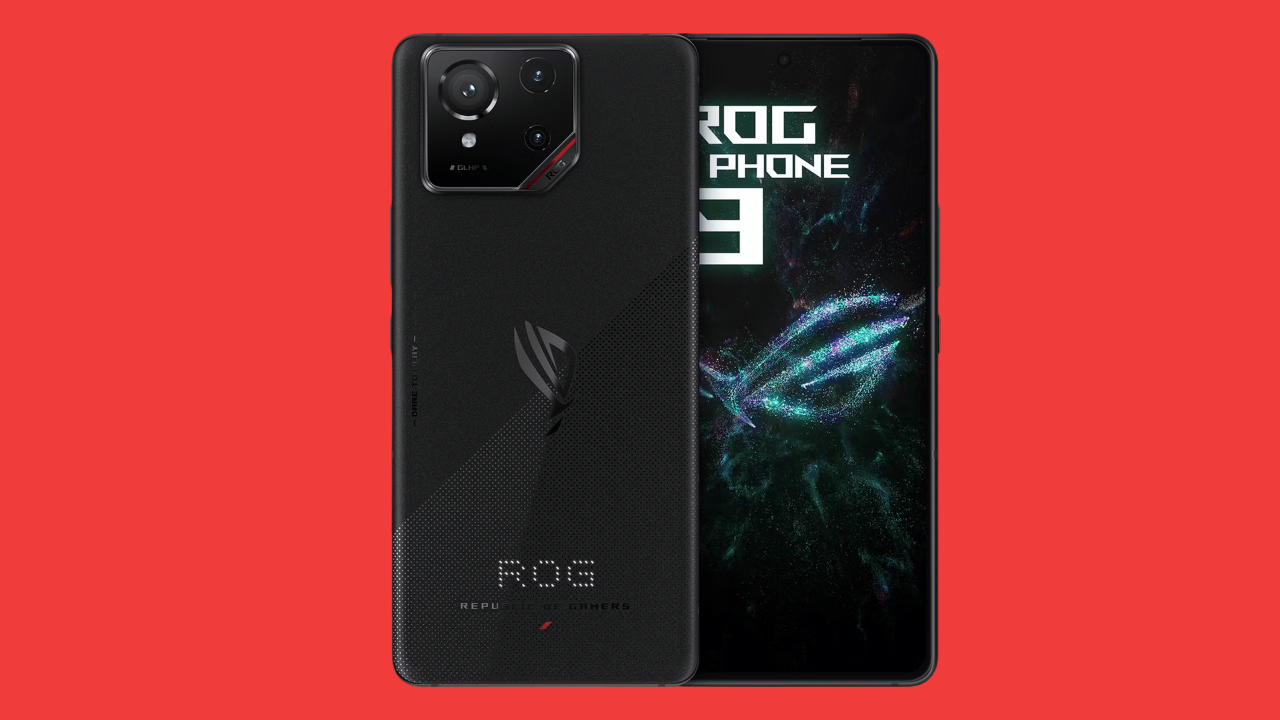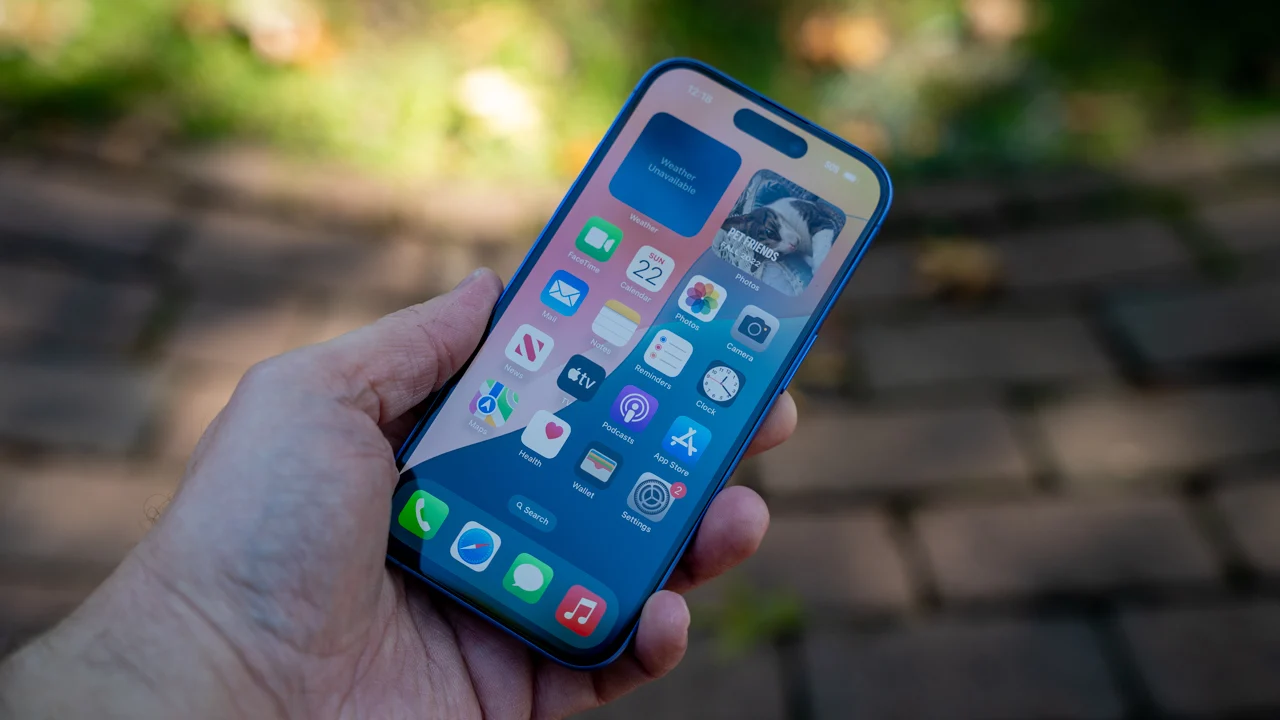
The iPhone 16 has been generating significant buzz since its release, particularly due to its revamped camera system. Apple’s latest flagship introduces the 48-megapixel Fusion camera, a notable upgrade that promises to enhance photography in both everyday and professional settings. This comprehensive review delves into how the Fusion camera stacks up against its predecessors and whether it lives up to the hype.
Apple’s focus on camera technology has always been a cornerstone of its iPhone series, and the iPhone 16 continues this tradition with a significant leap forward. The introduction of the 48-megapixel Fusion camera marks a substantial enhancement over the previous generation, incorporating advanced features designed to elevate the quality of your photos and videos. This review will explore the new capabilities in detail, including the different focal lengths, improved macro photography, and how these features contribute to an overall superior photographic experience.
Read Also:
- iPhone 16 Accessories: Must-Have Gadgets for Your New iPhone
- iPhone 16 Pro vs. Pro Max: Which One Should You Choose?
- iPhone 16 Charging Test: How Fast Is the 45W Charging?
- Is the iPhone 16 Worth the Upgrade for Gamers?
- iPhone 16 Battery Life Test: How Long Does It Really Last?
- Top 10 Hidden Features of the iPhone 16 You Should Know About
- iPhone 16 vs. iPhone 15: What’s Changed?
- iPhone 16 Camera Review: Is the 48-Megapixel Fusion Camera a Game Changer?
- iPhone 16: First Impressions and Hands-On Review
- Exploring iOS 18 on the iPhone 16: What’s New and How to Use It
For those contemplating an upgrade or simply curious about the latest advancements, understanding the intricacies of the iPhone 16’s camera system is essential. By examining its core features, benefits, and potential drawbacks, we aim to provide a clear picture of whether the Fusion camera truly represents a game changer in mobile photography.
Revolutionary 48-Megapixel Fusion Camera
What is the Fusion Camera?
The 48-megapixel Fusion camera is a cornerstone of the iPhone 16’s new photographic prowess. This camera features a larger sensor and improved image processing capabilities, which allow for greater detail and color accuracy. Unlike previous models, which relied on smaller sensors, the Fusion camera uses advanced pixel-binning technology to enhance low-light performance and dynamic range. This results in sharper images with more vibrant colors, even in challenging lighting conditions.
Enhanced Resolution and Detail
One of the standout features of the Fusion camera is its high resolution. At 48 megapixels, it offers significantly more detail than the 12-megapixel sensors used in earlier models. This increase in resolution allows for greater flexibility when cropping images or printing them in larger sizes without a loss in quality. The Fusion camera also benefits from a more advanced image signal processor (ISP), which helps to reduce noise and improve overall image clarity.
Comparative Analysis with Previous Models
When compared to its predecessors, the iPhone 16’s Fusion camera represents a major leap forward. While the iPhone 14 and 15 models featured solid camera systems, the new 48-megapixel sensor provides a substantial upgrade in terms of detail and image quality. The introduction of improved computational photography algorithms further enhances this, allowing for better HDR performance and more accurate color reproduction. For a more detailed comparison, see Apple’s official camera specifications here.
Versatile Focal Lengths
Exploring New Focal Length Options
The iPhone 16 offers a range of focal lengths that cater to different photography needs. The main sensor provides a versatile standard focal length, while the additional sensors allow for wide-angle and telephoto shots. This variety enables users to capture a broader range of scenes and subjects with ease. Whether you’re shooting landscapes, portraits, or close-ups, the iPhone 16’s focal length options offer flexibility and convenience.
Advantages of Multiple Focal Lengths
Having multiple focal lengths available provides several advantages. The wide-angle lens allows for expansive landscape shots and group photos, while the telephoto lens is ideal for capturing distant subjects with greater detail. The new Fusion camera also features an improved optical zoom, reducing the need for digital zoom and preserving image quality. This versatility is particularly useful for photographers who require different perspectives without needing to switch lenses.
Real-World Applications and Use Cases
In practical terms, the iPhone 16’s focal length options are beneficial for various types of photography. For instance, travel photographers can take advantage of the wide-angle lens to capture sweeping vistas, while wildlife photographers can use the telephoto lens to get close-up shots of distant animals. The ability to switch between focal lengths seamlessly makes the iPhone 16 a powerful tool for capturing diverse photographic content.
Improved Macro Photography
What’s New in Macro Mode?
Macro photography has seen significant improvements with the iPhone 16. The new camera system includes enhanced macro capabilities that allow for incredibly close-up shots with exceptional detail. This is achieved through a combination of advanced lens technology and improved image processing algorithms. The Fusion camera’s macro mode is designed to capture intricate textures and minute details that were previously difficult to achieve with a smartphone camera.
Practical Benefits for Photographers
The advancements in macro photography offer several practical benefits. For hobbyists and professionals alike, the ability to photograph small objects with such clarity opens up new creative possibilities. Whether you’re capturing the delicate patterns on a butterfly’s wings or the fine details of a watch face, the improved macro mode delivers impressive results. This feature is particularly useful for those who enjoy photographing nature, products, or other close-up subjects.
Comparative Macro Photography
When compared to previous iPhone models, the macro capabilities of the iPhone 16 represent a notable upgrade. The improved lens design and processing power enable more detailed and accurate close-up shots. For a visual comparison of macro photography capabilities, you can view examples on Apple’s official site.
Advanced Computational Photography
Enhancements in Computational Photography
Computational photography has been a key focus for Apple in recent years, and the iPhone 16 continues this trend with enhanced features. The new Fusion camera leverages advanced algorithms to improve image quality, including better noise reduction, dynamic range, and color accuracy. These improvements are particularly noticeable in challenging lighting conditions, where the camera can better balance highlights and shadows.
Benefits of Improved Algorithms
The benefits of these computational improvements are manifold. For everyday users, the enhanced algorithms ensure that photos look great without requiring extensive post-processing. For more advanced photographers, the increased dynamic range and better noise reduction provide greater flexibility in editing and achieving the desired look. Overall, the enhanced computational photography capabilities contribute to a more refined and polished photographic experience.
How It Compares to Other Smartphones
When compared to other smartphones on the market, the iPhone 16’s computational photography features stand out. The integration of advanced algorithms and processing power places it ahead of many competitors in terms of image quality and versatility. For a detailed comparison with other flagship smartphones, you can refer to Wikipedia’s overview.
User Experience and Practicality
Real-World Performance
The real-world performance of the iPhone 16’s camera system is a crucial factor in its overall appeal. Users have reported that the Fusion camera provides a seamless and intuitive experience, with quick focus times and reliable image quality. The camera app is designed to be user-friendly, allowing both casual and professional photographers to easily access and utilize its features.
Battery Life and Performance
Another important consideration is how the new camera impacts battery life. The iPhone 16’s camera system is optimized to balance performance with power consumption, ensuring that users can capture high-quality images without significantly draining the battery. The improved efficiency of the Fusion camera helps to extend battery life, making it a practical choice for users who frequently use their camera throughout the day.
User Feedback and Reviews
User feedback on the iPhone 16’s camera system has been overwhelmingly positive. Many users have praised the enhanced image quality, versatile focal lengths, and improved macro capabilities. The ease of use and reliability of the camera system have also been highlighted as key strengths. For more user reviews and testimonials, check out Apple’s customer feedback page.
Conclusion
In summary, the iPhone 16’s 48-megapixel Fusion camera represents a significant advancement in mobile photography. With its enhanced resolution, versatile focal lengths, and improved macro capabilities, it offers a comprehensive upgrade over previous models. For photography enthusiasts and casual users alike, the new camera system provides a powerful tool for capturing high-quality images in a variety of settings.
Whether you’re considering an upgrade or simply curious about the latest in smartphone camera technology, the iPhone 16’s Fusion camera is worth exploring. Its combination of cutting-edge features and practical benefits makes it a compelling choice for anyone looking to enhance their photographic experience.




